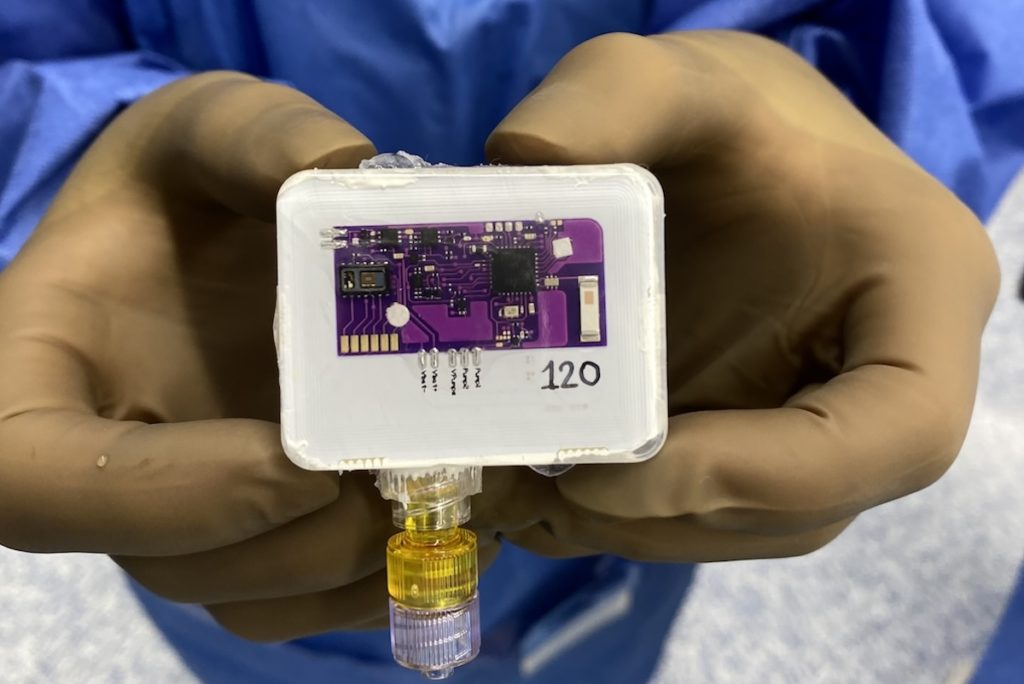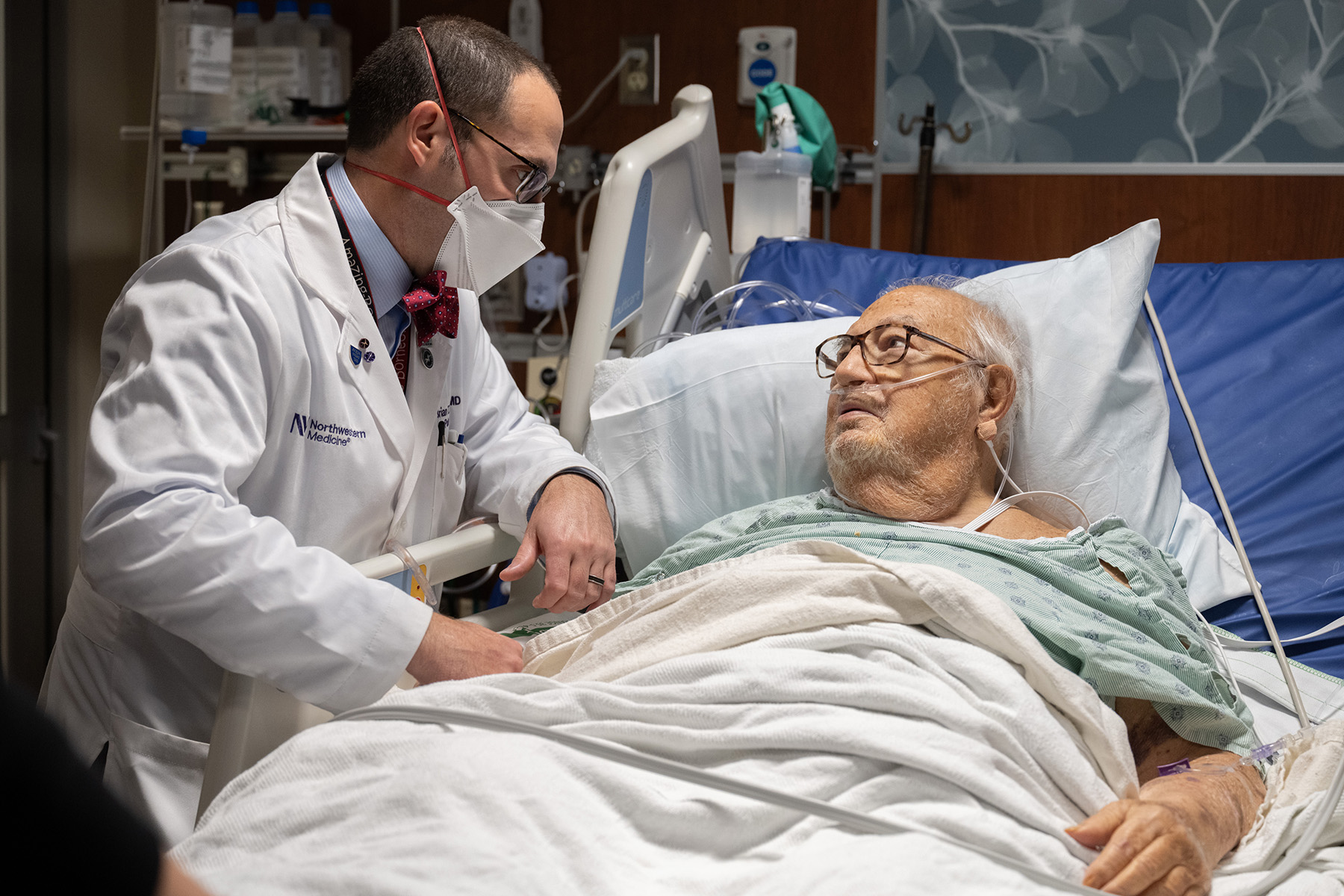
A team of scientists led by Northwestern Medicine investigators has created an implant capable of reversing an opioid overdose, according to findings published in Science Advances.
More than 100,000 people died from an opioid overdose in 2022, according to data collected by the Centers for Disease Control and Prevention. Synthetic opioid drugs including fentanyl have accelerated the rise in overdose deaths in the U.S. and are responsible for roughly 70 percent of all overdose deaths.
Although naloxone, sold as an over-the-counter nasal spray or injectable, can reverse an overdose, administering the medication requires a knowledgeable bystander, limiting its lifesaving potential.
The newly developed device, dubbed the Naloximeter, is implanted under the skin and monitors oxygen levels. If they drop below a specific threshold, the Naloximeter sends a warning notification to a mobile app. If the user doesn’t abort the rescue process within 30 seconds, the device releases stored naloxone and contacts 911 with the person’s location.
The device was born out of a collaboration between Washington University and Northwestern, said John A. Rogers, PhD, the Louis Simpson and Kimberly Querrey Professor of Materials Science and Engineering, Biomedical Engineering and Neurological Surgery, who was senior author of the study.

“The device is a compact, fully implantable system – about the size of a conventional pacemaker – that operates in a purely automatic fashion to detect signs of opioid overdose, initiate fast release of a life-saving dose of naloxone, and transmit an emergency 911 call with geolocation data from a wirelessly paired smartphone,” Rogers said.
In the study, investigators implanted the device in the neck, chest or back of small and large animals. The device detected signs of an overdose within a minute of dropping oxygen levels, according to the study, and all animals fully recovered within five minutes of receiving naloxone.
Moving forward, Rogers and his collaborators plan to test the device further in clinical trials.
“The next step is to explore options for translating the technology out of our academic laboratory setting into a form that can be put through the FDA regulatory process, ultimately leading to a device that can be used for any interested individual in need,” said Rogers, who directs the Querrey-Simpson Institute for Bioelectronics.
The study was supported by National Science Foundation grant NSF ECCS-2025633 and the Materials Research Science and Engineering Center.






